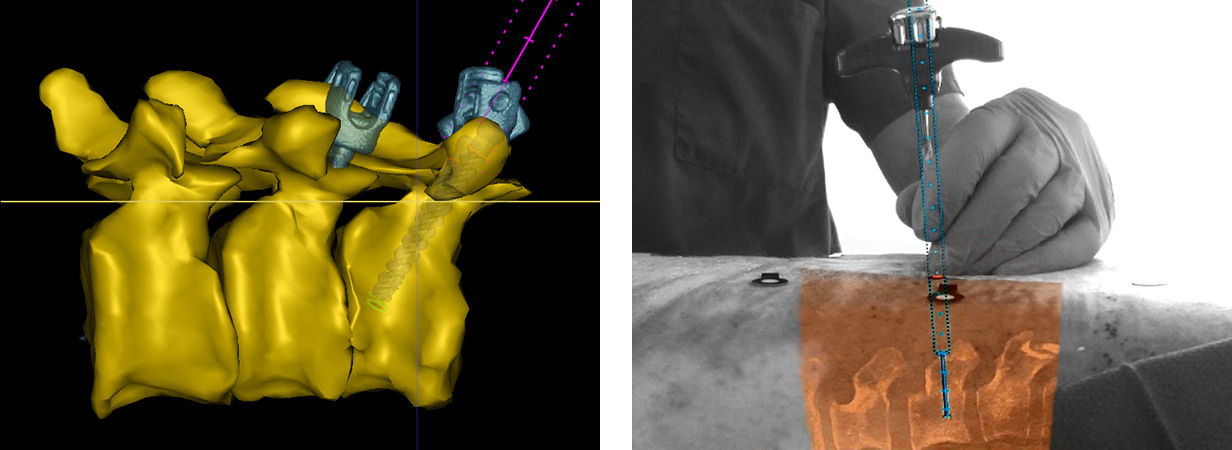In a presentation to the Innovation Committee of the IDIS Foundation (Institute for the Development and Integration of Health) in Spain, directors of Philips explained how their new surgical technologies use 3D printing, augmented reality (AR), and in-situ monitoring to reduce hospitalization time and post-op complications.
We’ve covered how 3D printing is used to make surgical guides and anatomical models, and Philips is essentially expanding on those techniques by incorporating AR, image fusion (combining different types of scans, like MRI and PET, into one image to get more information), and real-time monitoring. The presenters also discussed their success with employing 3D printing to reduce surface contact by printing fans and grippers to manipulate objects. The more intensive applications involve models printed from scans for presurgical planning in neurosurgery and guides for chest procedures.
Dr. Antonio Luna is the medical director of HealthTime, a company that specializes in diagnostic imaging. He explains the benefits of using 3D printing in surgical centers, “it can be of great help in surgical planning, for the inclusion or exclusion of patients, the reduction of intervention and hospitalization times and reduction of mortality and intraoperative complications, among other advantages.” A reduction of mortality is certainly an advantage.
Surgical guides that are printed from scans of the patient are infinitely more accurate than one-size-fits-all guides, and that increased accuracy combined with advanced real-time imaging can be the difference between a surgery being open or minimally-invasive. Minimally-invasive procedures require significantly less time in the hospital for recovery, and any time spent in a hospital comes with an increased risk of infections, especially in today’s world.
That’s one of the many reasons the head of Image-Guided Surgery at Philips Juan Romero is focused on reconfiguring more open surgeries to minimally-invasive procedures. “The future of image-guided surgery will include more precise diagnoses (through artificial intelligence, quantification tools, and multimodal diagnosis) and improved surgical results. The future is also moving towards a transition to minimally invasive therapies with real-time image fusion to facilitate navigation and guidance or the use of augmented reality for hybrid procedures.”
Philips has installed its AR hybrid operating rooms all over the world in more than 750 hospitals and surgical centers. Last year, they partnered with Microsoft to integrate their system with the HoloLens 2 holographic AR platform. The convergence of all of these 3D technologies – printing, scanning, imaging – is rapidly advancing the state of surgeries. Doctors are equipped with better information and more accurate tools while patients are likewise more informed, undergo less invasive procedures, spend less time in the hospital, and have overall better outcomes.
Images courtesy of Philips





